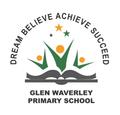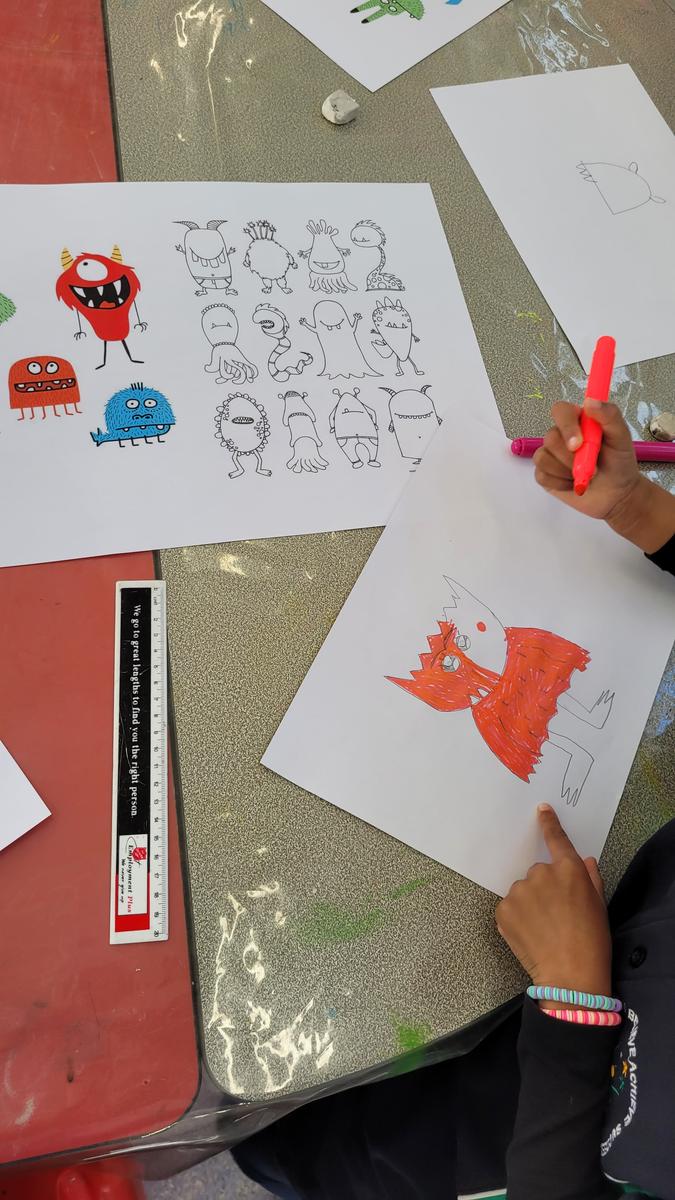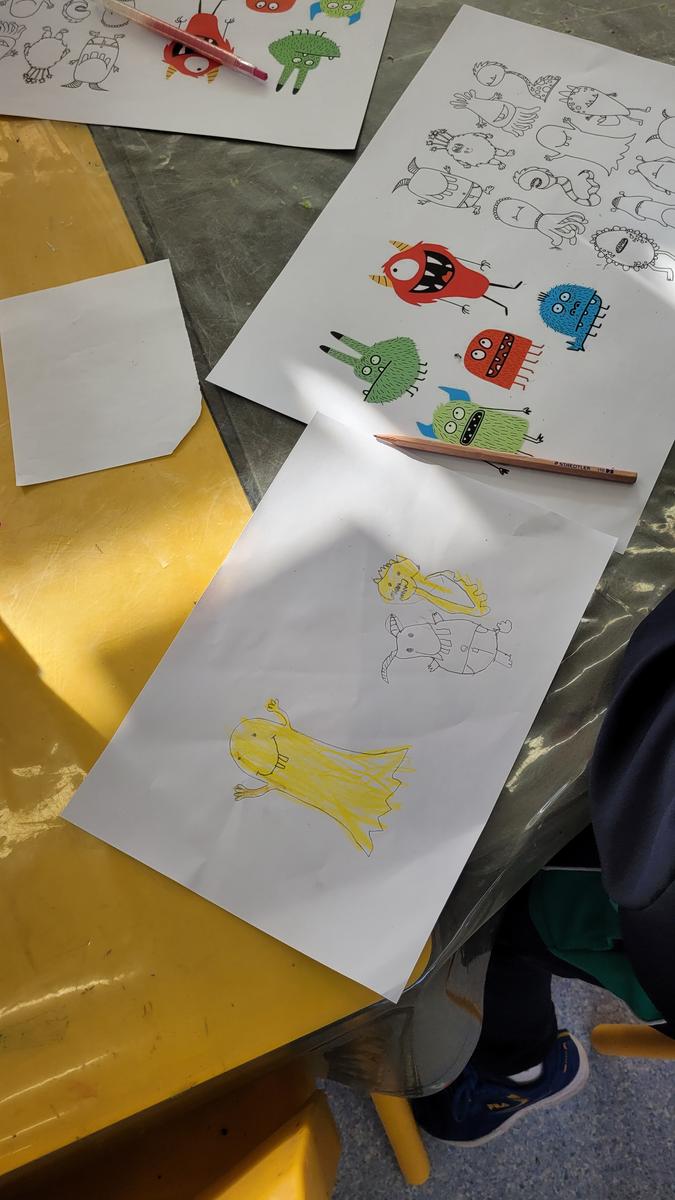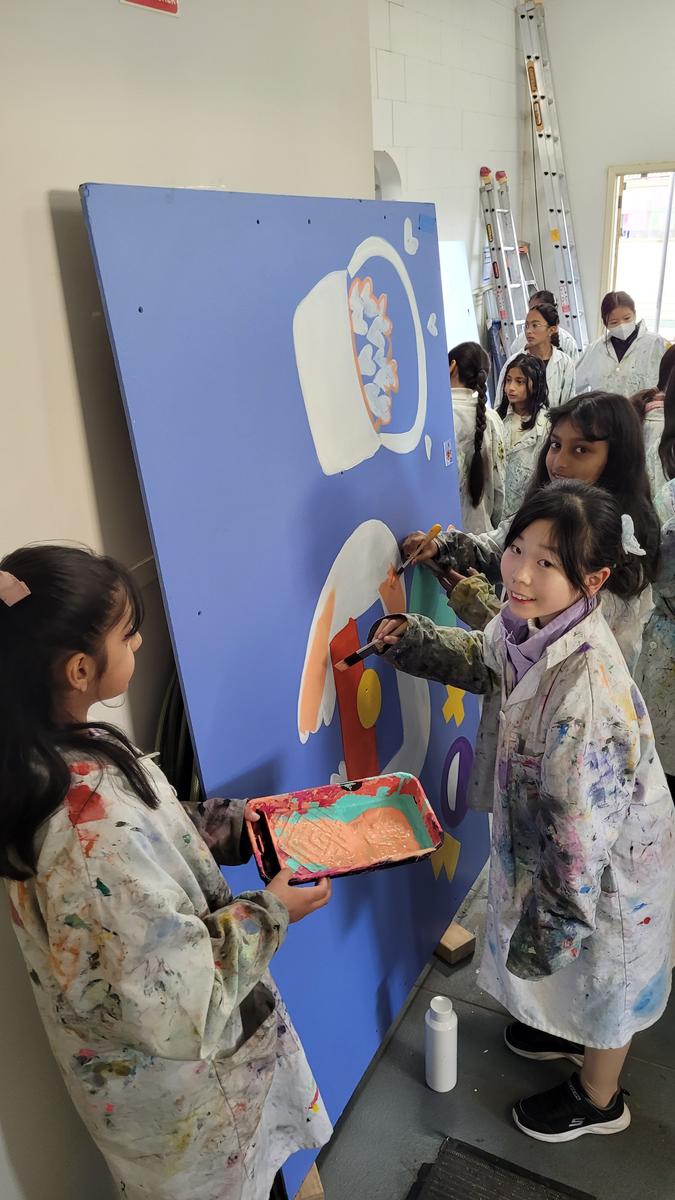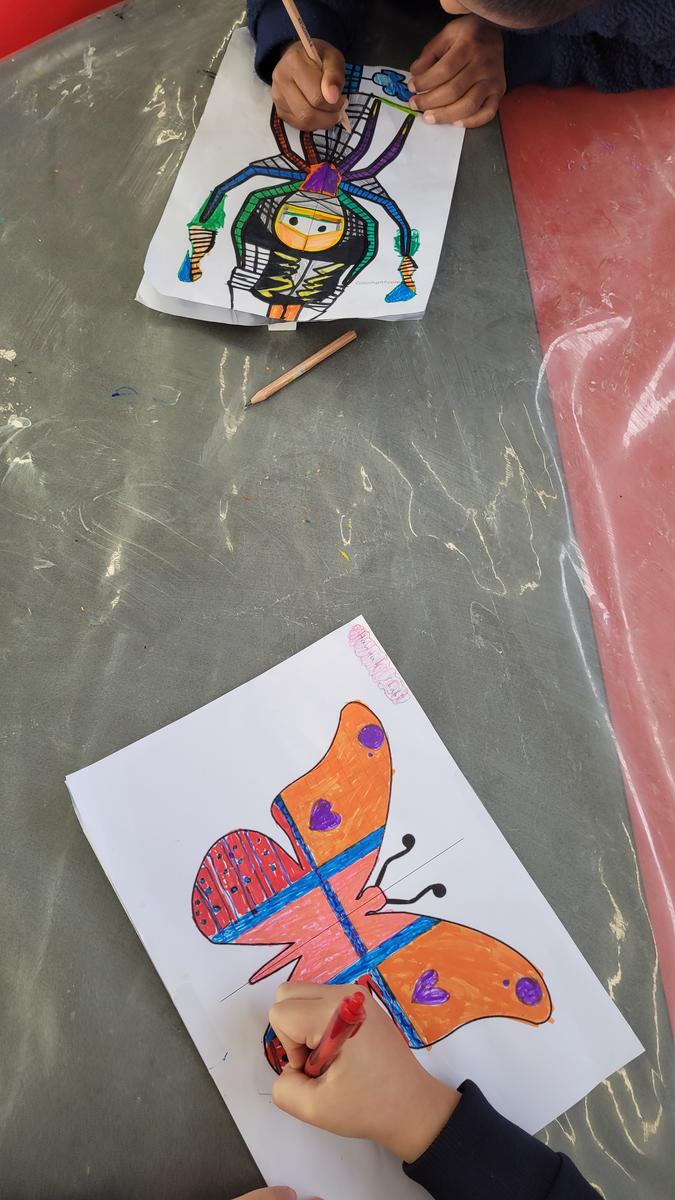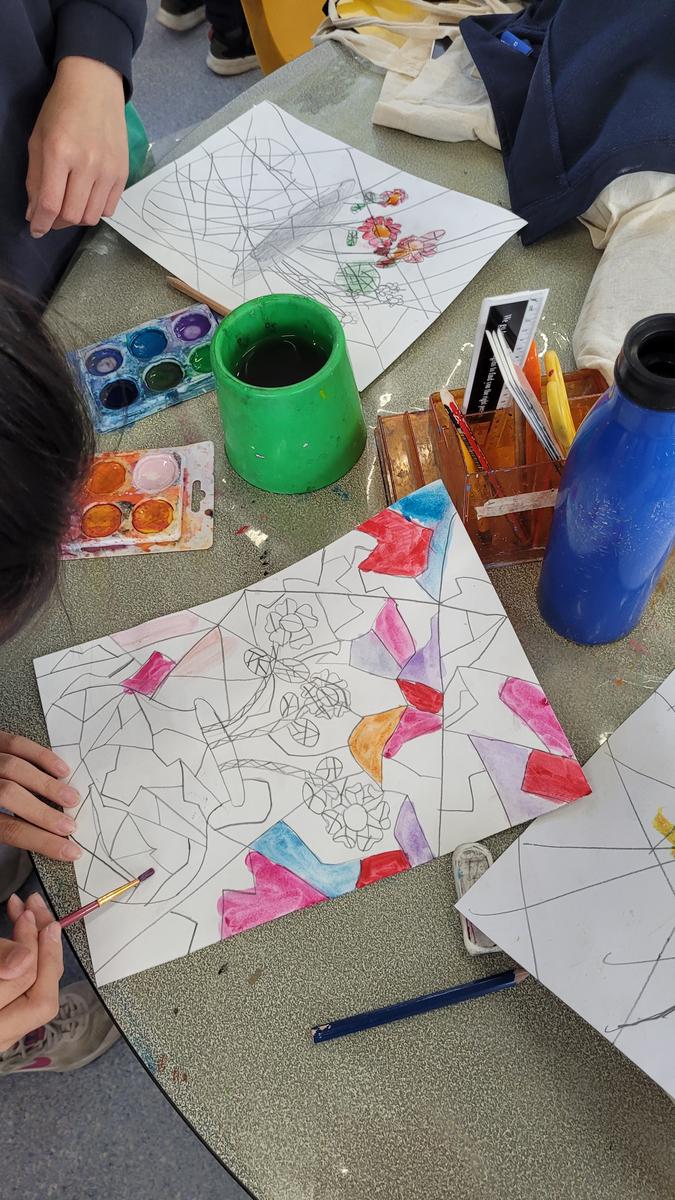Visual Arts

Welcome back to Term Three! I hope you had a lovely holiday with your loved ones.
This term, we are embarking on an exciting journey of artistic exploration, honing our skills with a variety of materials, techniques, and processes. We have an exciting new mural going up at the Year 3 building, created by the Year 5 and 6 Art Innovation students. This mural beautifully captures the themes of our resilience project. I am immensely proud of the dedication and creativity shown by all our students!
There are also exciting things happening in the art room, organised by our Art Captains. We will have an art club designed to engage students in social artmaking. The art club will rotate every three weeks and cater to different year levels. Additionally, the Art Captains are designing another art competition in response to many student voices. Stay tuned for more updates on what's coming in the art space!
Visual Arts teacher,
Sandra Lyzcba
Prep
In Term 3, Prep students will explore the world of colour and emotions. They will create their own original artworks by incorporating personal experiences, concepts, and drawing inspiration from existing pieces of art and literature. Specifically, they will use inspiration from Anna Llenas' picture storybook, The Colour Monster. This book is designed to help children understand and talk about their emotions, making it a valuable tool for emotional literacy and development through the arts. Students will investigate the relationship between colour and emotions and use symbolism to create their own backgrounds.
Curriculum Links:
- Explore ideas, experiences, observations and imagination to create visual artworks (VCAVAE017)
- Experiment with different materials and techniques to make artworks (VCAVAV018)
- Respond to visual artworks and consider where and why people make visual artworks (VCAVAR020)
Key Vocabulary:
Emotions, backgrounds, symbolism, expression
Year 1
This term, students will have the opportunity to develop skills and knowledge on embossing. With a strong focus on symmetry, they will learn various drawing techniques inspired by scientific illustrations of insects. Through hands-on exploration, students will discover the process of making a print of their drawings onto metal. They will also explore the significance of colour studies and the role it has in the artistic process, with a special emphasis on achieving colour symmetry. Students will then transfer their new skills to create an embossing artwork, utilising mixed-media materials to bring their insects to life.
Curriculum Links:
- Explore ideas, experiences, observations and imagination and express them through subject matter in visual artworks they create (VCAVAE021)
- Experiment with different materials, techniques and processes to make artworks in a range of art forms (VCAVAV022)
- Create and display artworks to express ideas to an audience (VCAVAP023)
Key Vocabulary:
Embossing, symmetry, colour studies, techniques, complementary colours
Year 2
In Term 3, students will be using oil pastels to learn how to blend colours together. With a particular focus on complementary colours, students will gain a deeper understanding of why artists utilise this harmonious pairing in their artworks. Students will then be honing their painting skills using acrylic paint. Delving into the distinction between a portrait and a self-portrait, they will explore the unique art of capturing their own likeness. For this project, students will explore warm and cool colours and be experimenting with patterns.
Curriculum Links:
- Explore ideas, experiences, observations and imagination and express them through subject matter in visual artworks they create (VCAVAE021)
- Experiment with different materials, techniques and processes to make artworks in a range of art forms (VCAVAV022)
- Create and display artworks to express ideas to an audience (VCAVAP023)
Key Vocabulary:
Acetate, warm and cool colours, complementary colours, patterns
Year 3
In Term 3, students in Year Three will be honing their hand building skills. They will study a range of techniques including, making a pinch pot, using the slip and score method and polishing techniques. They will also develop a greater understanding of the fundamental art elements. Students will learn to use a variety of drawing materials and techniques to create a range of effects to capture the four art elements of line, texture, shape, and colour. Students will also learn the importance of understanding how to identify and analyse art elements in artworks. Guided by this newfound knowledge, students will channel their creativity and apply these art elements to create their very own clay pinch pot.
Curriculum Links:
- Explore ideas and artworks from different cultures and times as inspiration to create visual artworks (VCAVAE025)
- Explore visual conventions and use materials, techniques, technologies and processes specific to particular art forms, and to make artworks (VCAVAV026)
- Identify and discuss how ideas are expressed in artworks from a range of places, times and cultures, including artworks by Aboriginal and Torres Strait Islander peoples (VCAVAR028)
Key Vocabulary:
Art elements, line, shape, colour, texture, pinch pot,
Year 4
This term, students will be exploring the cubism movement. Delving in the artistry of Pablo Picasso and George Braque, they will gather inspiration for their subject matter. Students will be exploring different tints and shades and apply drawing techniques to create the illusion of the cubism style. Students will also be exploring Mola art. They will learn different methods of creating Mola art and learn fundamental aspects of Mola art, which include layering, bold colours, balance, harmony and geometric shapes.
Curriculum Links:
- Explore ideas and artworks from different cultures and times as inspiration to create visual artworks (VCAVAE025)
- Explore visual conventions and use materials, techniques, technologies and processes specific to particular art forms, and to make artworks (VCAVAV026)
- Identify and discuss how ideas are expressed in artworks from a range of places, times and cultures, including artworks by Aboriginal and Torres Strait Islander peoples (VCAVAR028)
Key Vocabulary:
Cubism, Mola art, subject matter, balance, harmony
Year 5
Students in Year Five will be honing their hand building skills in creating a sculpture of their choice. Through this process, students will learn how to effectively construct a plan by focusing on different drawing techniques, colour studies and identifying the most suitable hand building techniques to translate their ideas into clay creations. Students will be exploring various techniques in their independent project, including slab making, coil method, wedging, preparing clay, polishing clay etc.
Curriculum Links:
- Explore visual arts practices as inspiration to create artworks that express different ideas and beliefs (VCAVAE029)
- Select and apply visual conventions, materials, techniques, technologies and processes specific to different art forms when making artworks (VCAVAV030)
- Identify and describe how ideas are expressed in artworks by comparing artworks from different contemporary, historical and cultural contexts, including artworks by Aboriginal and Torres Strait Islander peoples (VCAVAR032)
Key Vocabulary:
Wedging, slab-making, slip & score, coiling, loop and ribbon tool
Year 6
This term, students are given the amazing opportunity to engage in their own studio process. Students will be learning how to effectively plan and collect their ideas. They will be researching cultural and historical artists to influence their choices in visual conventions and subject matter in their planning. As students create their artworks, they will develop strategies to overcome challenging obstacles. They will have the opportunity to reflect on their independent project to deepen their understanding of their own artistic processes.
Curriculum Links:
- Explore visual arts practices as inspiration to create artworks that express different ideas and beliefs (VCAVAE029)
- Select and apply visual conventions, materials, techniques, technologies and processes specific to different art forms when making artworks (VCAVAV030)
- Create and display artwork considering how ideas can be expressed to an audience (VCAVAP031)
- Identify and describe how ideas are expressed in artworks by comparing artworks from different contemporary, historical and cultural contexts, including artworks by Aboriginal and Torres Strait Islander peoples (VCAVAR032)
Key Vocabulary:
Subject matter, medium, visual conventions, contemporary
How can you support your child’s Visual Arts learning at home?
- Encourage colour exploration: Encourage your child to explore and investigate different colour groups when creating artwork at home. Encourage them to experiment with complimentary colours, warm and cool colours, analogous colours, and more. This exploration will help them develop an understanding of colour theory and create stronger artworks.
- Experiment with a range of materials to develop different techniques from different mediums. Providing them with diverse materials will help foster their creativity and expand their artistic skill set.
- Dive into art books: Encourage your child to read books about art and artists. This can provide them with an opportunity to analyse artworks, learn about different artistic styles, and seek inspiration from artists.
